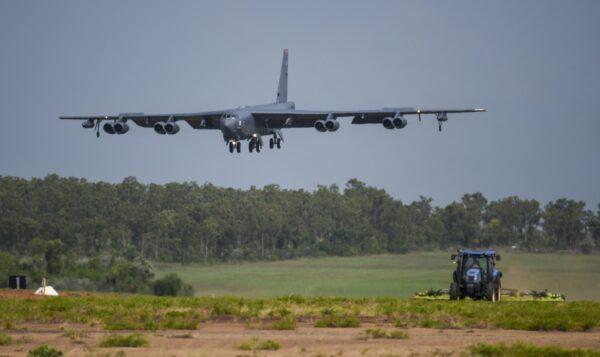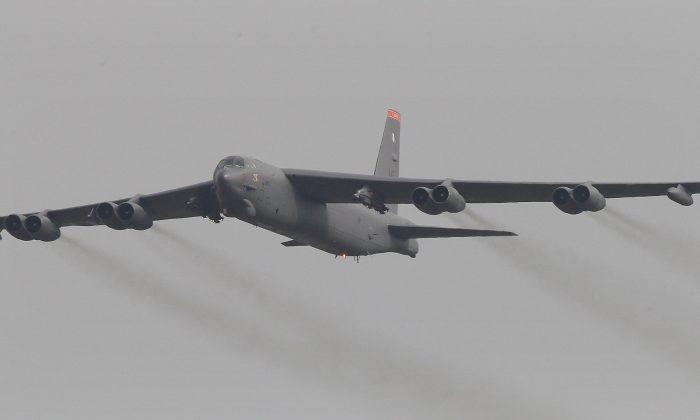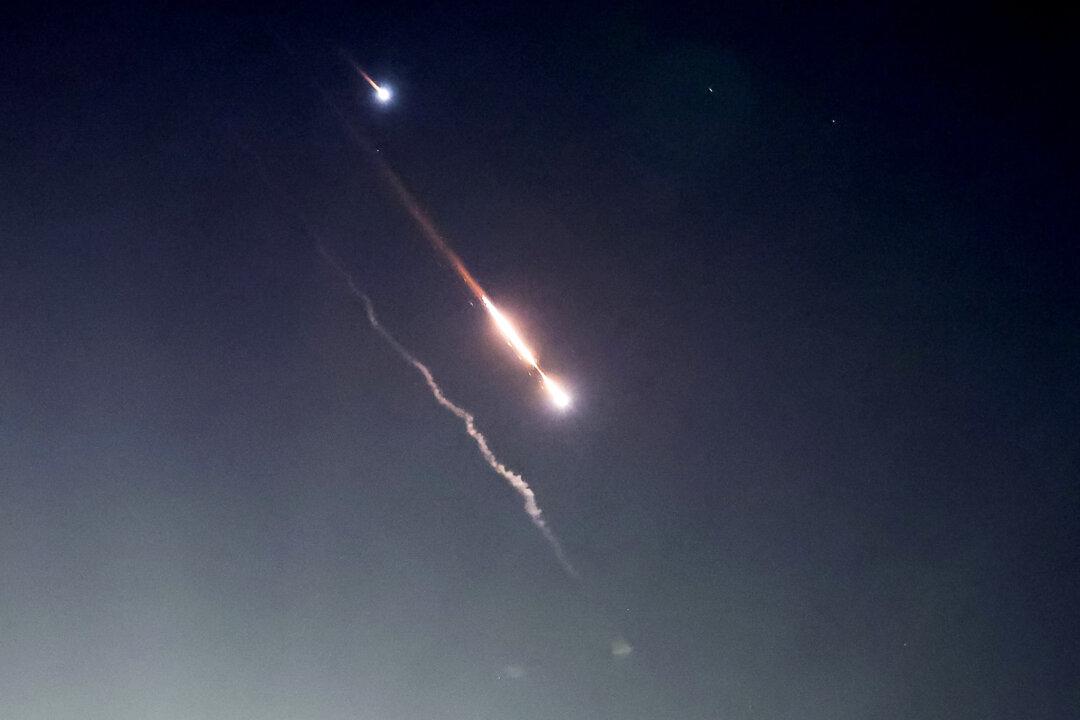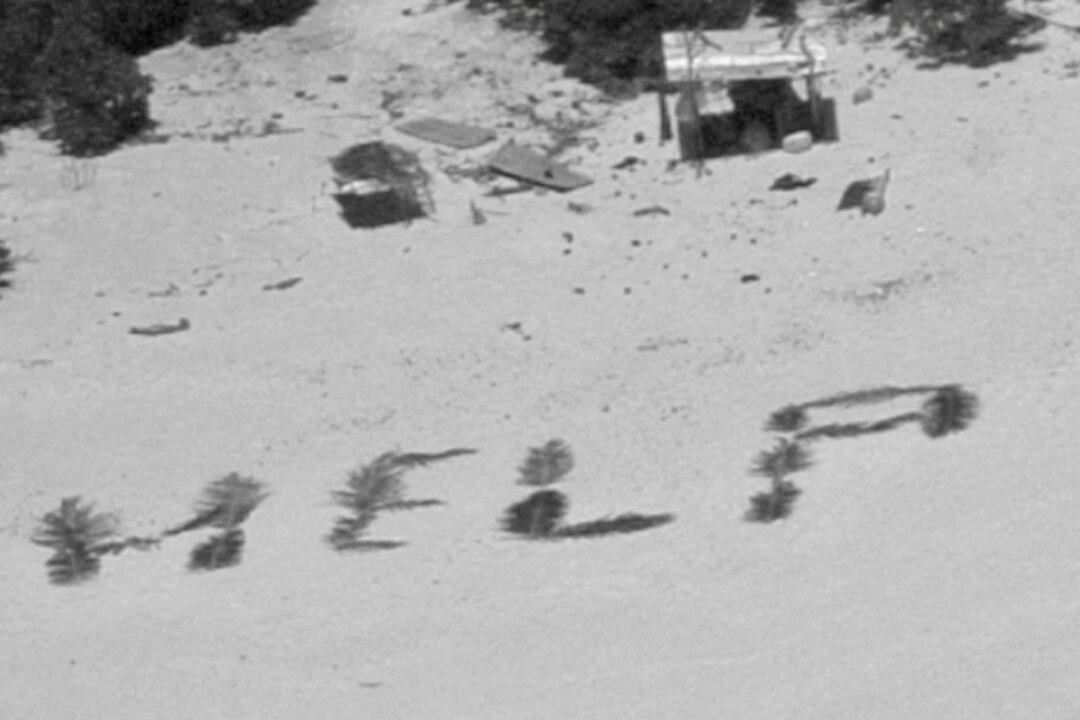The Pentagon on Wednesday successfully conducted a strategic bomber’s patrol mission from Louisiana to the Middle East to showcase U.S. commitment to regional security, military officials said.
The crew of the U.S. Air Force B-52H “Stratofortress,” a long-range heavy bomber, departed from Barksdale Air Force Base in Louisiana on Tuesday and reportedly completed a continuous flight into the Persian Gulf region.
The United States regularly performs such military practices with B-52’s patrolling over the Persian Gulf in a show of force meant to deter Iran from attacking American or allied targets in the Middle East.
Since November 2020, the U.S. Air Force has completed six such patrol missions near Iran. It was, however, the first time since President Joe Biden took office.
Last year in December, another pair of B-52 bombers flew from the same Louisiana air base over the Gulf in what the military called, a “presence” mission. A similar flight was repeated later in December when two B-52s flew nonstop from Minot Air Force Base in North Dakota throughout the western side of the Persian Gulf.
The military plane, B-52H “Stratofortress,” is able to perform a variety of missions. The strategic bomber can fly at high subsonic speeds at altitudes reaching 50,000 feet. The military plane has an unrefueled combat range in excess of 8,800 miles.

“The United States continues to deploy combat-ready capabilities into the U.S. Central Command area of responsibility to deter any potential adversary, and make clear that we are ready and able to respond to any aggression directed at Americans or our interests,” Gen. Frank McKenzie, the commander of Central Command previously stated.
“We do not seek conflict, but no one should underestimate our ability to defend our forces or to act decisively in response to any attack,” he added.
Tensions with Iran escalated with the killing in November 2020 of Mohsen Fakhrizadeh, an Iranian scientist named by the West as the leader of Iran’s disbanded military nuclear program. Iran has blamed Israel for the killing, but U.S. officials are concerned that any Iranian retaliation could hit U.S. interests.
There have been periodic confrontations between Iran’s military and U.S. forces in the Gulf since 2018, when former President Donald Trump abandoned Iran’s 2015 nuclear deal with world powers and reinstated extra sanctions against the regime.
Biden previously said he will rejoin the nuclear deal “if Iran resumes strict compliance.”






Friends Read Free